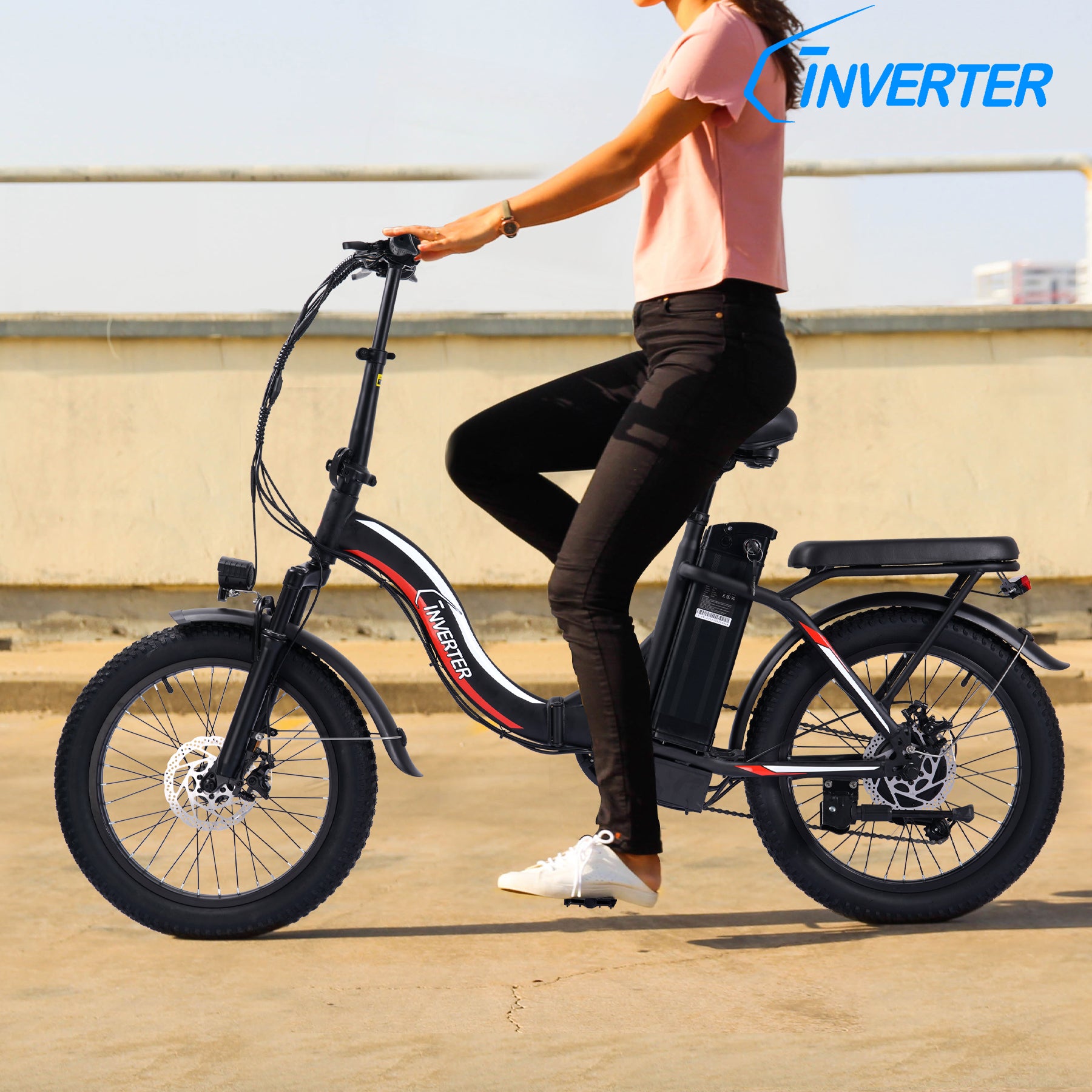Overview of Electric Bike Safety
In recent years, electric bikes (e-bikes) have gained significant popularity as a convenient and eco-friendly mode of transportation. However, with their rising use, concerns about safety have also emerged. This article will examine four key areas related to e-bike safety: accidents, falls, user error, and riding on sidewalks.
Collisions
For e-bikes, collisions can be a significant safety concern. These can occur with cars, pedestrians, or other cyclists. Due to their relatively small size and the speed at which they can travel, e-bikes may not always be easily noticeable to other road users. To mitigate this risk, wearing high-visibility clothing and using lights are recommended to increase visibility and reduce the likelihood of accident
Falls
Falls are a common risk for e-bike riders, which can be caused by uneven road surfaces, sudden stops, or loss of balance. Injuries from falls can be severe, especially if protective gear is not worn. To minimize the risk of falls, maintaining a proper riding posture, keeping hands on the handlebars, and always wearing a helmet are essential.
User error
User error can contribute to e-bike accidents, such as inattentive riding or operating a bike under the influence of alcohol or drugs. Adhering to the manufacturer's instructions and following traffic rules can help prevent many of these errors.
Sidewalk Riding
Riding e-bikes on sidewalks can be a contentious safety issue. While it might seem safer than riding on the road, it poses a risk to pedestrians. Some jurisdictions prohibit e-bike use on sidewalks, so using designated bike lanes or roadways is advised to minimize the risk of pedestrian encounters.
Factors that make electric scooters dangerous
Despite their benefits, e-bikes can present risks, including:
- High Speeds: E-bikes can travel at high speeds, which, while advantageous, also increases the chance of accidents and the severity of injuries.
- Phone Use: Using a phone while riding an e-bike is akin to texting while driving and can lead to accidents due to inattention.
- Alcohol: Alcohol impairs coordination, balance, and judgment, making it dangerous to operate an e-bike while intoxicated.

How to ride safely?
Adhering to traffic rules is crucial for safe riding:
- Know and understand traffic laws, including right-of-way and road signs.
- Stay in your designated lane to maintain order and predictability.
- Obey speed limits and adjust your speed according to road conditions.
- Never ride under the influence of alcohol.
Use of appropriate safety equipment
Wearing appropriate safety gear can minimize injury risks:
- Protect your head with a helmet
- Use knee and elbow pads to protect joints.
- Wear high-visibility clothing to improve visibility, especially in low light.
- Use lights to enhance visibility at night.

Hazard reduction
Reducing risks involves:
- Enforcing speed limits to decrease the likelihood of severe accidents.
- Implementing vehicle speed limiters in e-bikes to prevent excessive speeds.
- Mandating safety courses to educate riders on safety protocols and
- defensive driving habits.

The Future of E-Bike Safety
As e-bikes become more prevalent, ensuring their safety is increasingly important:
- Technological advances, such as improved lighting and collision detection systems, can enhance safety.
- Implementing regulations and safety standards tailored to e-bikes, including specific speed limits and helmet requirements.
- Focusing on rider education through training courses and awareness campaigns.
- Developing infrastructure like designated e-bike lanes to improve overall safety.
Ensuring the safety of e-bikes will require a combination of technological innovation, regulatory changes, rider education, and infrastructure development. By taking a comprehensive approach, we can enjoy the benefits of e-bikes while minimizing the associated risks.



Leave a comment
This site is protected by hCaptcha and the hCaptcha Privacy Policy and Terms of Service apply.